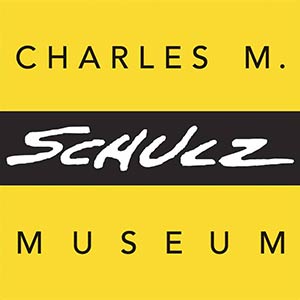Following Forest Owls
I recently took a week away from Santa Rosa to go to Southern Arizona, to the Chiricahua Mountains to study owls on an Earthwatch Institute expedition that was billed as Following Forest Owls in the Western U.S.
The drive from Tucson soon took us up into the mountains, past Portal, Arizona, to the Southwestern Research Station.

The scenic drive on route to the Southwestern Research Station in Arizona.

Southwestern Research Station, Chiricahua Mountains, Arizona.

Our route from Tucson, Arizona to the Southwestern Research Station.
I didn’t know what I was going to be doing when I signed up for the owl expedition. I thought we would go out at night to observe owls going in and out of their nests and record what they ate and if they brought back food to the nest. I was surprised to find out that at night our job was to catch the owls, and our first lesson, after arriving at the Southwestern Research Station and following lunch, was to set up the 9 to 12-foot mist nets. We had to follow a careful process so the very fine nets wouldn’t get tangled, and so we could do this in the dark.

“Whisky” peers out of his roadside patio to keep an eye on his world.
As soon as an owl flew into the net, one of the project scientists removed it, weighed, measured, and banded it with information about its exact location.

Research scientists recording information about a caught owl.

Our leader banding an owl.

Because I had never held an owl, I was allowed to hold this precious Whiskered Screech-Owl, a mature adult, and then hold him on my palm until he flew away back to a tree cavity.

Letting the owls go by opening our hands and waiting for them to fly away.
Besides studying the various animals, we also learned about the different trees in the area and how to recognize them. Our researcher, Dave, led us on a walk in the field to identify trees and collect samples to bring back the Research Station classroom.

Our researcher, Dave, leading us on a walk to identify trees.
While on the walk, we stopped at the green pond to look for the famous Chiricahua Leopard Frog.

Green pond housing the Chiricahua Leopard Frog.

The famous Chiricahua Leopard Frog. This photo is from a postcard I got at the Southwestern Research Center.
After the walk, we headed back to the classroom to study the trees. Hadie and I worked together to identify the trees from the leaves and needles.

Hadie identifying trees back in the classroom.

Our lesson on the board of tree genera and species.
Our tree lesson was useful when locating and monitoring owl nests. A couple of the days we went out into the field to identify cavities in the trees and mark their exact location. A small camera was attached to a long pole and inserted into the tree cavities to check for nests, as well as possible nesting spaces to check next time, while someone monitored the camera on a small screen. The tree was marked for type, position, and sustainability for a nesting spot.

Our researcher holding the small camera used to monitor nesting spaces.

Fortunately, we had a tall, strong researcher who could manage the wobbly pole up some 30 feet.

A researcher holds the camera up into the tree cavity.

Our researcher with a malaise trap.
We also put up insect traps, called malaise traps, and after a few days the researchers counted the number and types of insects trapped. We learned that many species of owls are crepuscular creatures (now there is a new word for your vocabulary), meaning that they are more active at dawn and dusk. As our leader explained, being active at that transition between night and day and again between day and night allows those owls to find prey that may just be ending their day, as well as those who may be just starting to be active—two types of prey available and a broader amount of food to choose from. So, the insects that are caught in the malaise traps may also be crepuscular.
The Southwestern Research Station is host to many, many biologists studying everything from hummingbirds to horned lizards.

A horned lizard.
The hands holding the horned lizard above belong to the retired manager of the Research Station. He has been studying the horned lizards for over 30 years.
The Research Station hummingbird feeders have nets attached that can be lowered to trap the birds. The caught hummingbirds “hang around” in a mesh bag until they are taken by someone to weigh, measure, band, feed and release.

A hummingbird feeder with attached net.

Three hummingbirds wait in the mesh bags before being measured. Seen in the foreground are the tiny bands that are put around the hummingbirds’ legs.

A hummingbird after being weighed, measured and banded and given a drink to be sure the bird had energy to fly off.

Our Earthwatch Institute expedition group.
Over the week-long expedition, we not only learned about the habitats and behaviors of these incredible creatures, we became aware of the potential impact that climate-related changes can have on the tree cavities and food sources that the owls rely on. Those of you who know me, know that I am passionate about ecological causes. As I like to say, “Take only what you need. Do more than your share.” As we continue to see the effects of climate change, I think this mantra has become more important than ever.
—Jean Schulz




 Peanuts © 1997 Peanuts Worldwide LLC
Peanuts © 1997 Peanuts Worldwide LLC